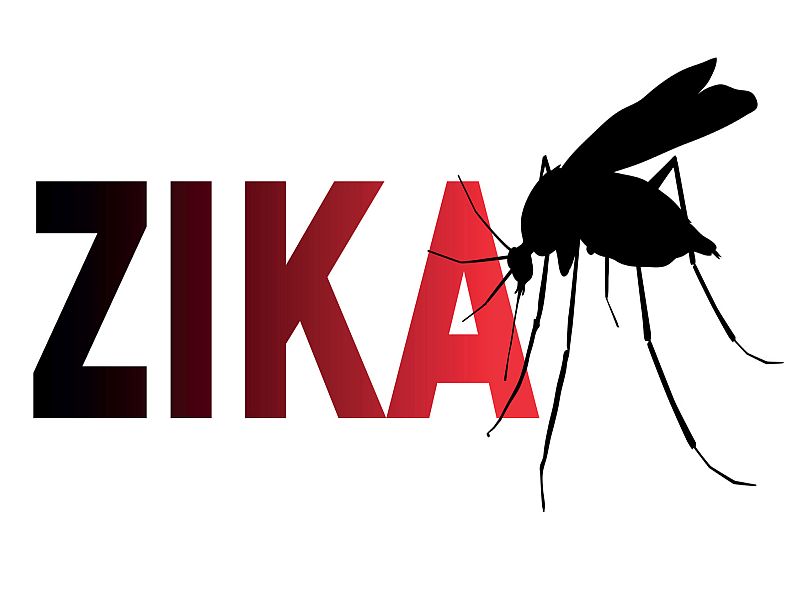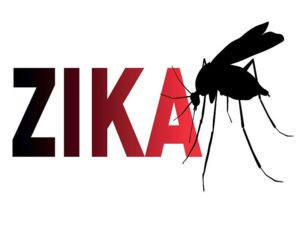
THE STATE EDUCATION DEPARTMENT / THE UNIVERSITY OF THE STATE OF NEW YORK / ALBANY, NY 12234
Jhone Ebert, Senior Deputy Commissioner for Education Policy
Education Building, Room 2M EB (518) 474-3862
89 Washington Avenue
Albany, NY 12234
jhone.ebert@nysed.gov
August 29, 2016
TO: District Superintendents
Superintendents of Public Schools
Administrators of Public, Nonpublic and Charter Schools
School Health Personnel
FROM: Jhone M. Ebert
SUBJECT: Zika Virus and School Resources
As you are aware, Zika virus has been in the news a great deal lately. In anticipation of questions schools may receive from school personnel, families, and the community, the New York State Education Department (NYSED) has worked with the New York State Department of Health to provide information to schools on available resources and information related to this virus.
Zika virus is spread to people primarily through the bite of an infected Aedes aegypti mosquito. The most common symptoms of Zika are fever, rash, joint pain, and conjunctivitis. The illness is usually mild with symptoms lasting for several days to a week after onset and many people may not realize they have been infected. In addition, 80% of those who are infected never develop symptoms. Zika virus can also be spread through sexual transmission and can be passed from a pregnant woman to her unborn baby. Since maternal-fetal transmission can cause microcephaly and other severe fetal brain defects, the Centers for Disease Control and Prevention (CDC) and the New York State Department of Health (NYSDOH) recommend special precautions for pregnant women. Pregnant women are advised to consult with their health care provider as needed. Early evidence also shows that fetal exposure to Zika virus may also be linked to problems in infants, including eye defects, hearing loss, and impaired growth.
According to the New York State Department of Health, all reported cases of Zika virus detected within New York have been associated with travel. There is currently no local mosquito transmission of Zika virus in New York State, including New York City.
The Aedes aegypti is the mosquito species that has been spreading the Zika virus in Central America, South America, Caribbean, Mexico, Puerto Rico, and now Florida. To date, Aedes aegypti has not been found in New York State. A closely related species, Aedes albopictus, has been found in New York City, as well as in Nassau, Rockland, Suffolk, and Westchester counties. While this species has been shown to be capable of transmitting Zika in lab tests, it has not been implicated in the current outbreak. Local health departments in the New York City metropolitan area have been performing additional activities, including additional mosquito surveillance, all summer.
In July, the CDC issued the guidance noted below specific to schools;
Zika Virus Response Planning: Interim Guidance for District and School
Administrators in the Continental United States and Hawaii.
This guidance includes:
• Implementation of mosquito control measures on school property
• Occupational Safety and Health Administration (OSHA) recommendations for employees working outdoors1
• Planning school activities
• Establishing channels of communication with local public health authorities
Please note that the Centers for Disease Control Disease and Prevention Interim Guidance for district and school administrators is global, and is not New York State specific. The NYSDOH also has resources and frequently asked questions (FAQs) on the Zika virus at NYSDOH Zika Virus. If you have questions about Zika virus, please contact your county health department or the NYSDOH at Zika Information Line (1-888-364-4723); Monday – Friday (9 a.m. to 5 p.m.).
The NYSED’s New York State Center for School Health also houses scientifically accurate and evidence-based resources on the Zika Virus at www.schoolhealthny.com in the A-Z index tab.
School personnel are encouraged to consult with their school/district medical director and/or other school health professionals on the use of insect repellants, and communicate necessary information to parents/guardians as needed. Additionally, schools are encouraged to have the medical director and other school health personnel subscribe to the New York State Center for School Health’s listserv. This listserv is the primary means by which the Department disseminates information on school health.
Information on how to subscribe to the listserv, along with a wealth of resources for school health professionals and educators, is available at www.schoolhealthny.com.
I wish all of you the best for the 2016-17 school year.

